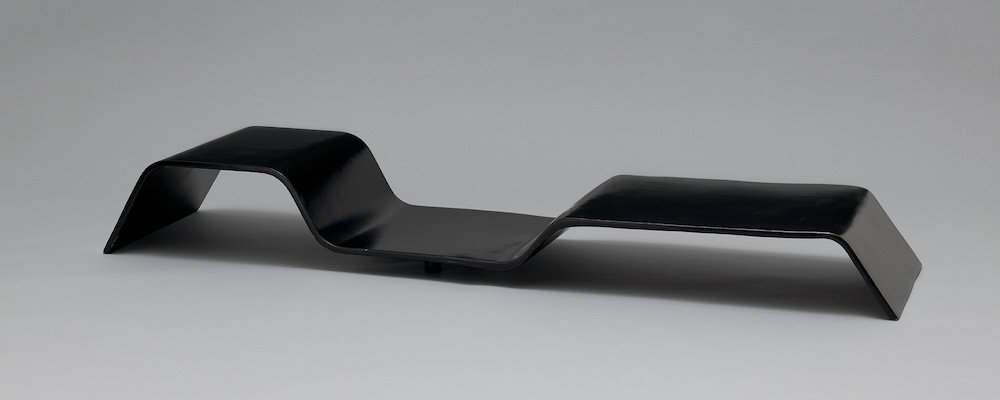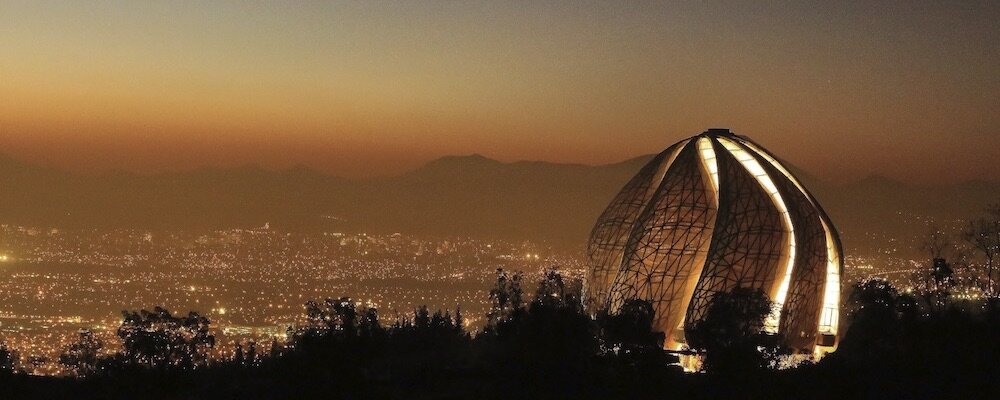The No Footprint House
With a passive climate control, the No Footprint House, has been designed to respond to the vast tropical rain forest along the South Pacific coast of Costa Rica.
The No Footprint House (NFH) is located in Ojochal, a small village in Costa Rica. The building by A-01 Architects is organised around a central service core, which includes all machinery, intelligence, closets, bathrooms, kitchen, and laundry area. The compression of utilities in one compact unit enables an open floor plan all around the core. Moreover, it contributes to the building's efficiency in terms of assembly and maintenance.
Additional furniture pieces are “plugged” into the double-layered facade, which is created by the vertical structural columns and the inclined outer enclosures. The inclination decreases the direct impact of sunlight and precipitation, which protects the elevated floorplan from overheating and splashing water. Façade panels can be opened or closed individually in order to regulate views and exposure, augment or reduce air flows, create privacy and security. They convert interior to exterior spaces and play with the dynamic among nature and the built environment, one of the key features of tropical architecture.
The house in Ojochal has been developed as a prototype for serial production, based on a larger toolbox of residential typologies. It was prefabricated in the Central Valley of Costa Rica and transported to the target location on one single truck. The process of making and inhabiting the prototype creates a valuable experience to optimize the series, which will be available as of 2020.
In its initial phase, the NFH comes in three different sizes that can be auto-configured with regards to the internal distribution and connections, material finishes and desired level of services: from “tiny” (36m2) to mid-size (81m2) and family home (108m2). Each building is customised from a catalogue of prefabricated components, the first of its kind in Central America.
The selection of all elements and materials is based on a thorough investigation regarding the origin, processing, and environmental footprint. Component options that form part of the NFH catalogue include structural wood and steel, different types of louvers and perforated panels for the facades, bamboo and wood ceilings, as well as mineral and synthetic finishes for walls and floors. They can be chosen according to the specific needs and likes of each client.
In Ojochal, the NFH-108 was built as a floating steel structure with wooden finishes. It is based on a structural grid size of 12 x 9 meters, which contains a combined living and dining area, two bathrooms, two bedrooms, and a multifunctional terrace.
The private rooms can be closed off through different layers of glass sliders and “curtain walls” in order to allow for changing degrees of spatial separation or social integration. The upper section of the building remains permanently open in order to assure unobstructed air flows and cross-ventilation. Panels of mosquito netting prevent insects from entering. The house is connected to the public water and energy grid, which is powered almost entirely by renewable resources in Costa Rica. Only water is heated locally through solar power, which is harvested on top of the roof.
Auto-sufficient building configurations are available for off-grid locations, as well as a completely de- and re-mountable kit of parts. The NFH is designed to blend with its natural surroundings and minimize the impact of construction on the environment. At the same time, it offers a broad range of adjustable, affordable and replicable solutions. The project seeks for integral sustainability in terms of its environmental, economic, social and spatial performance.
Pictures by Fernando Alda, Manduca Audiovisual.



















